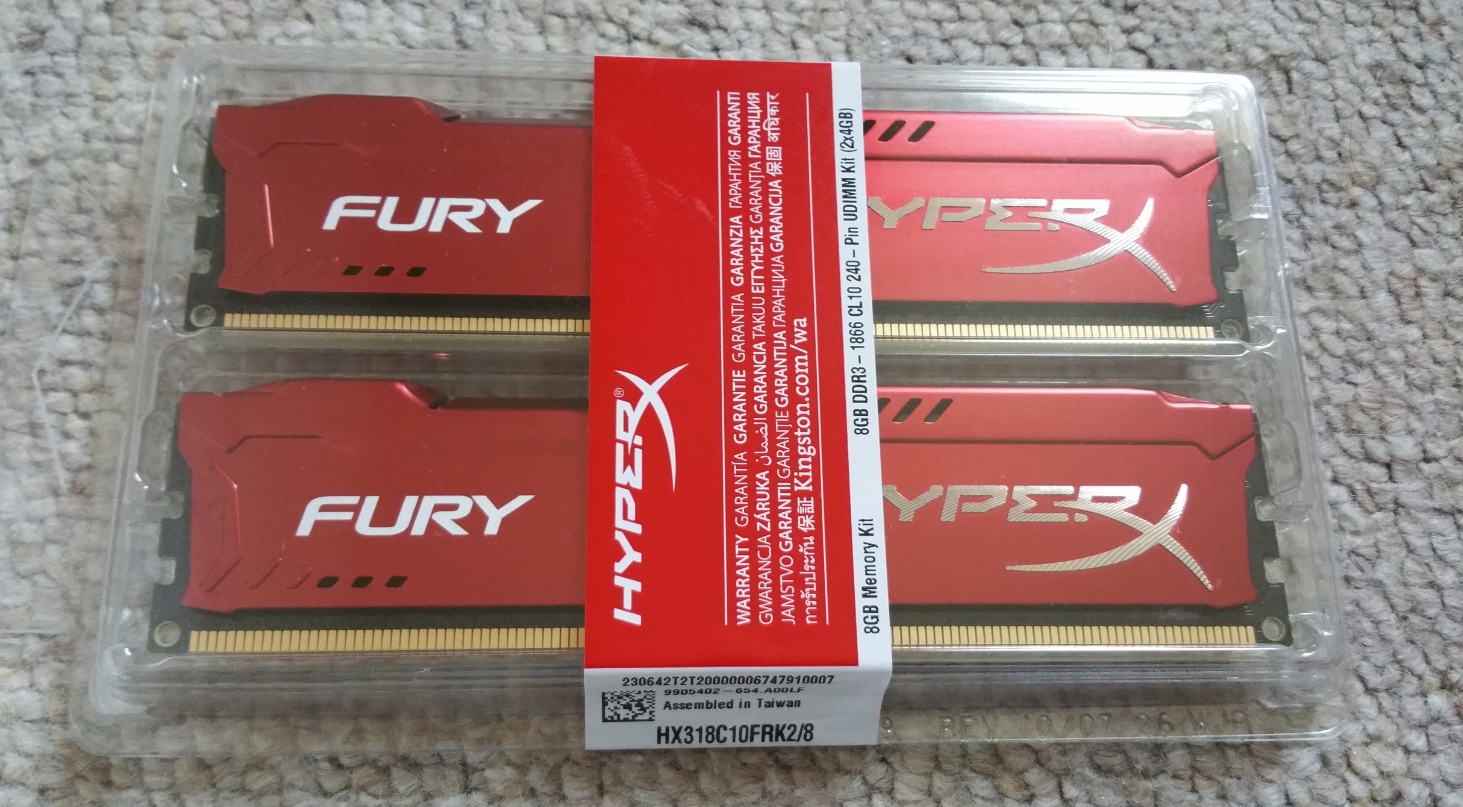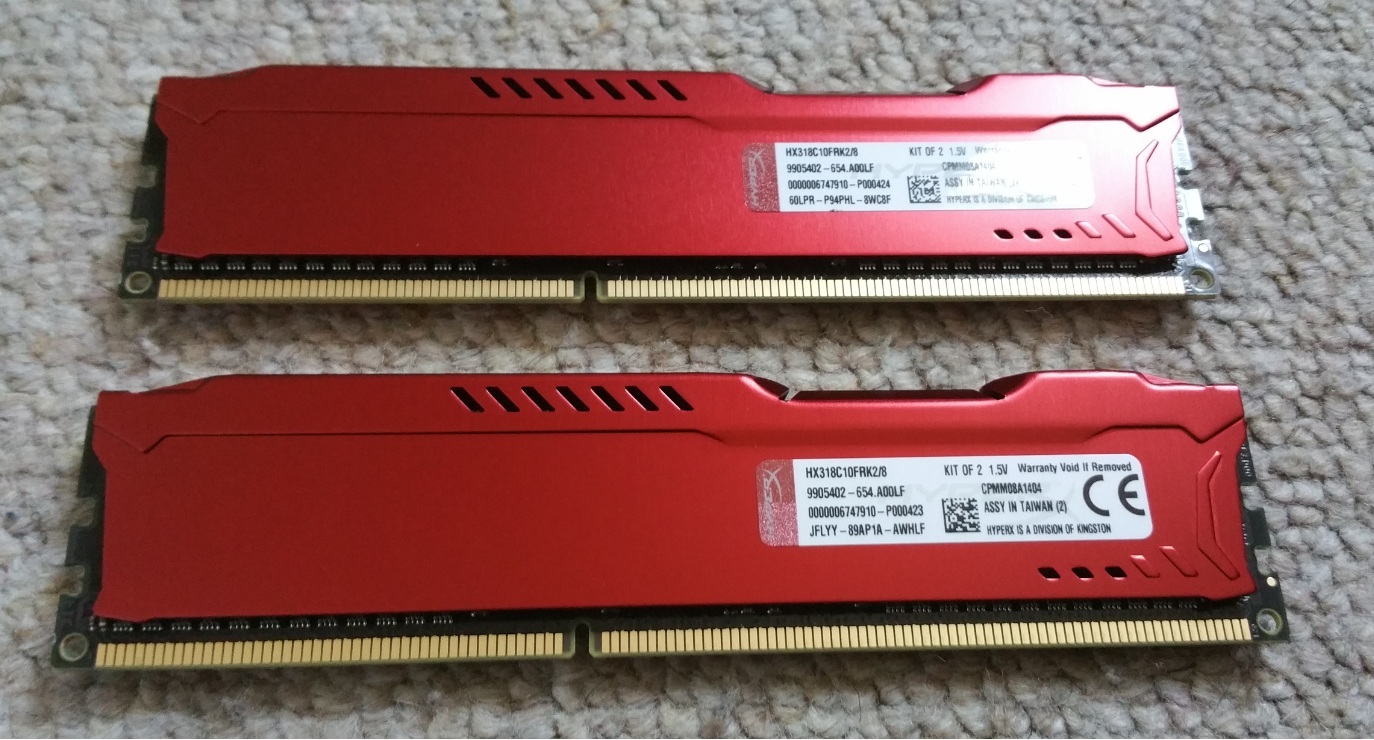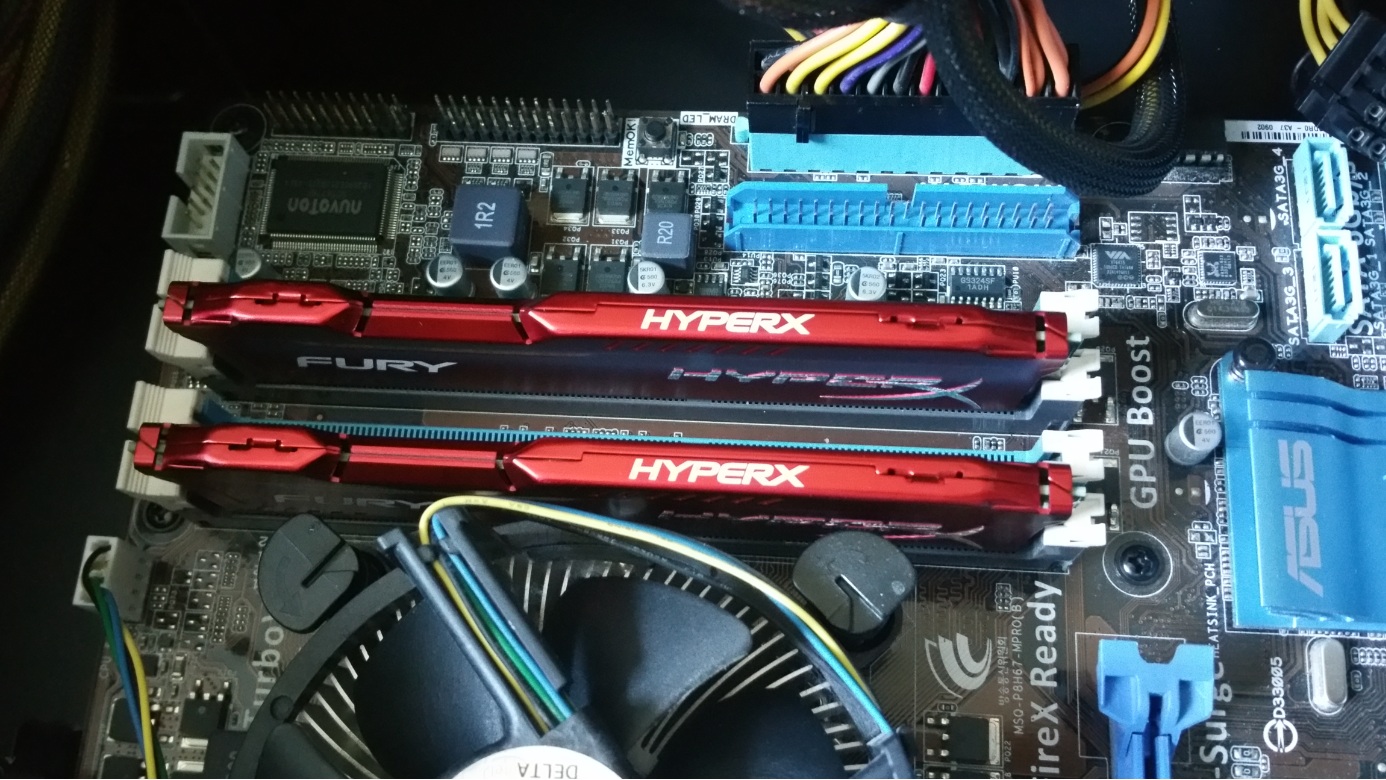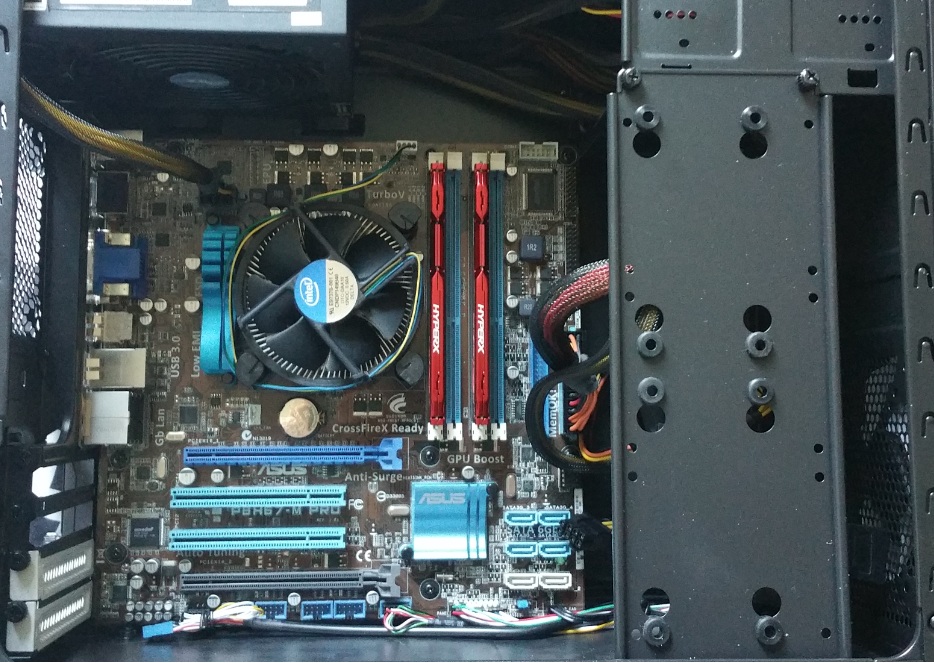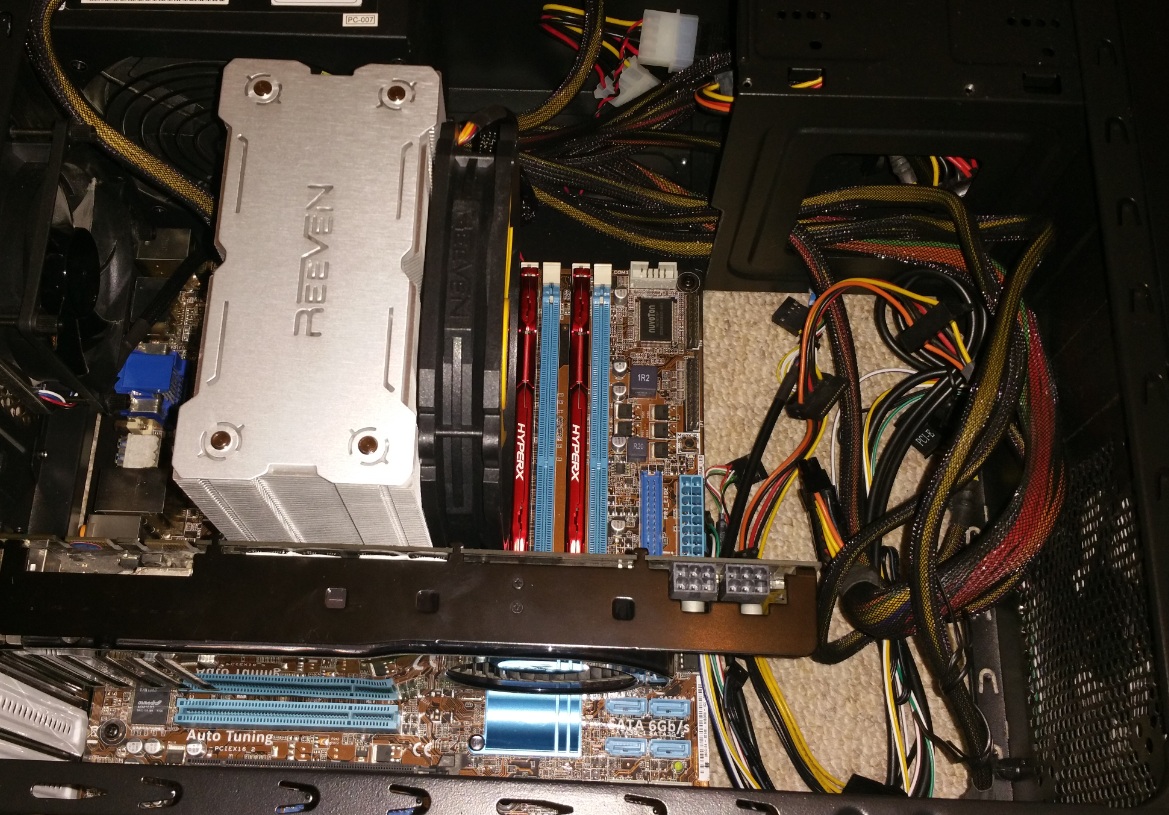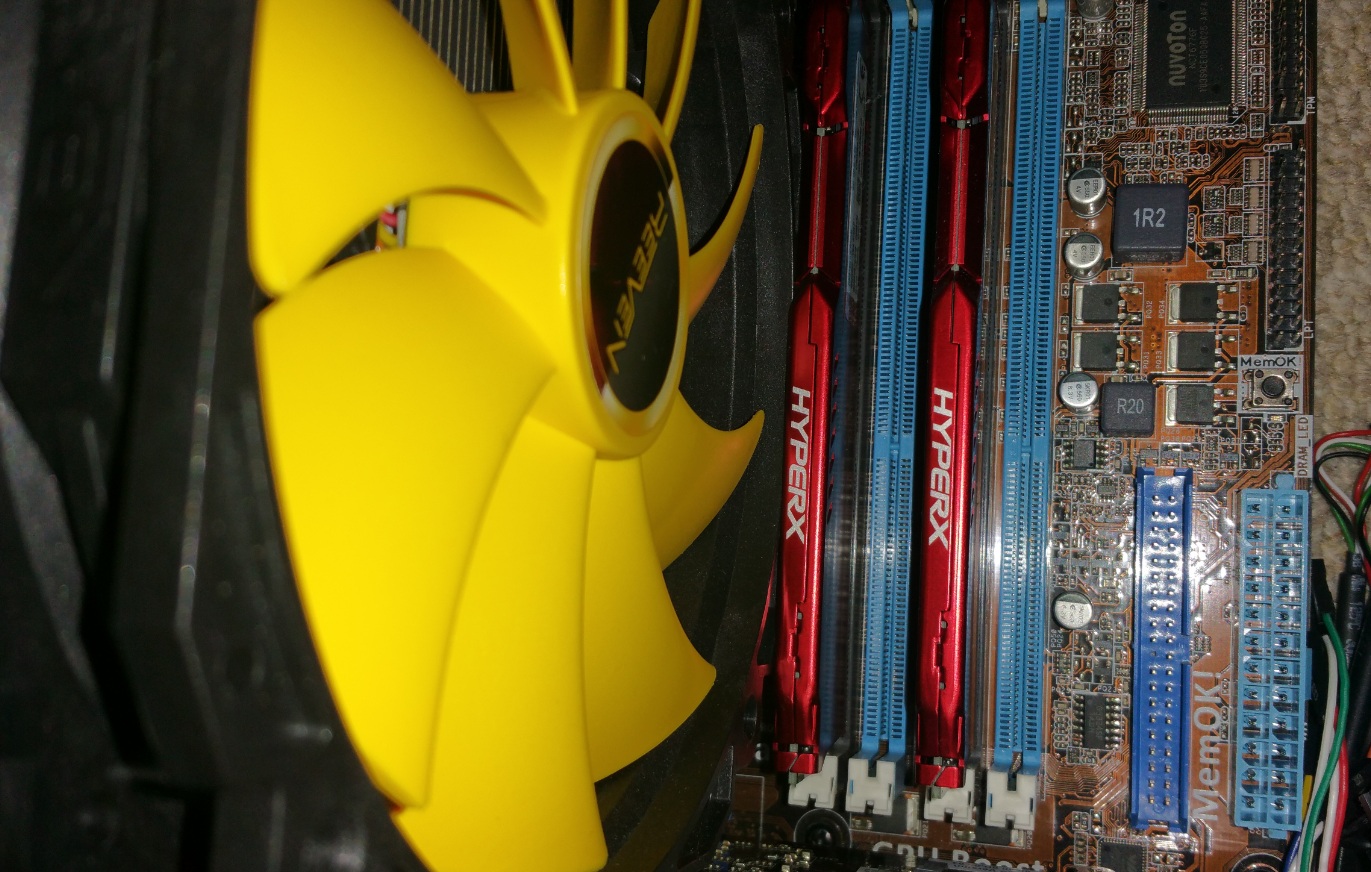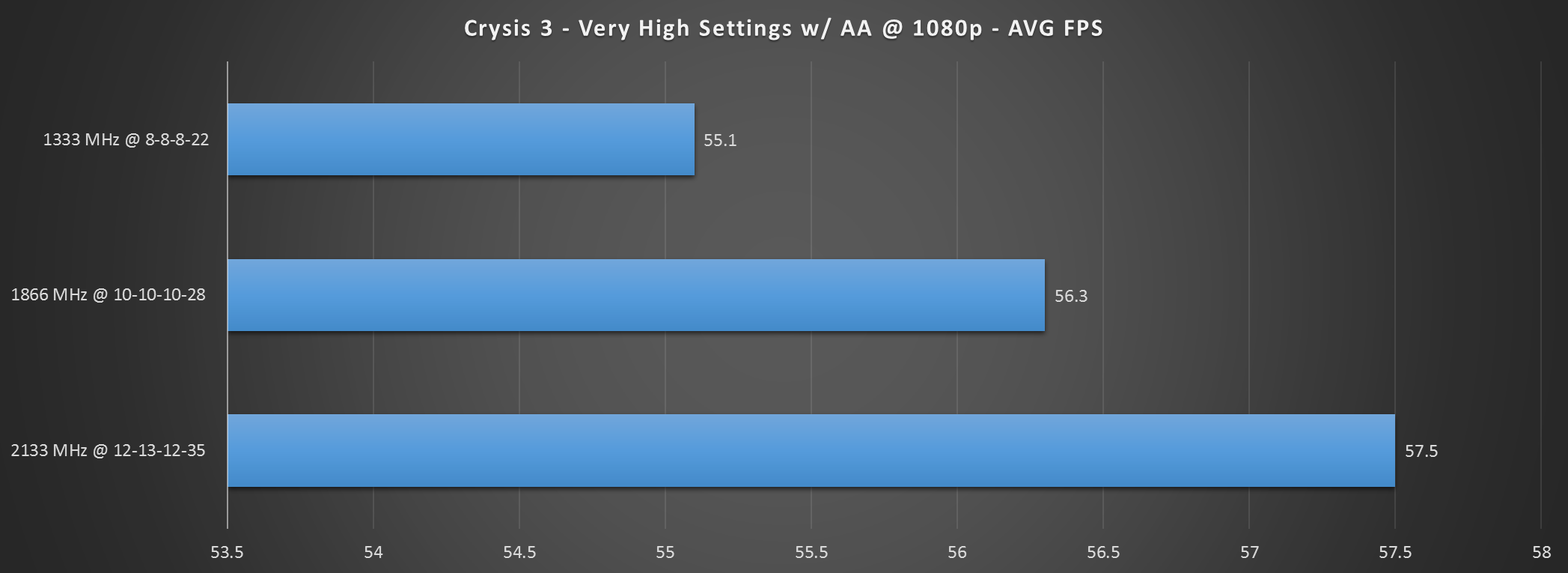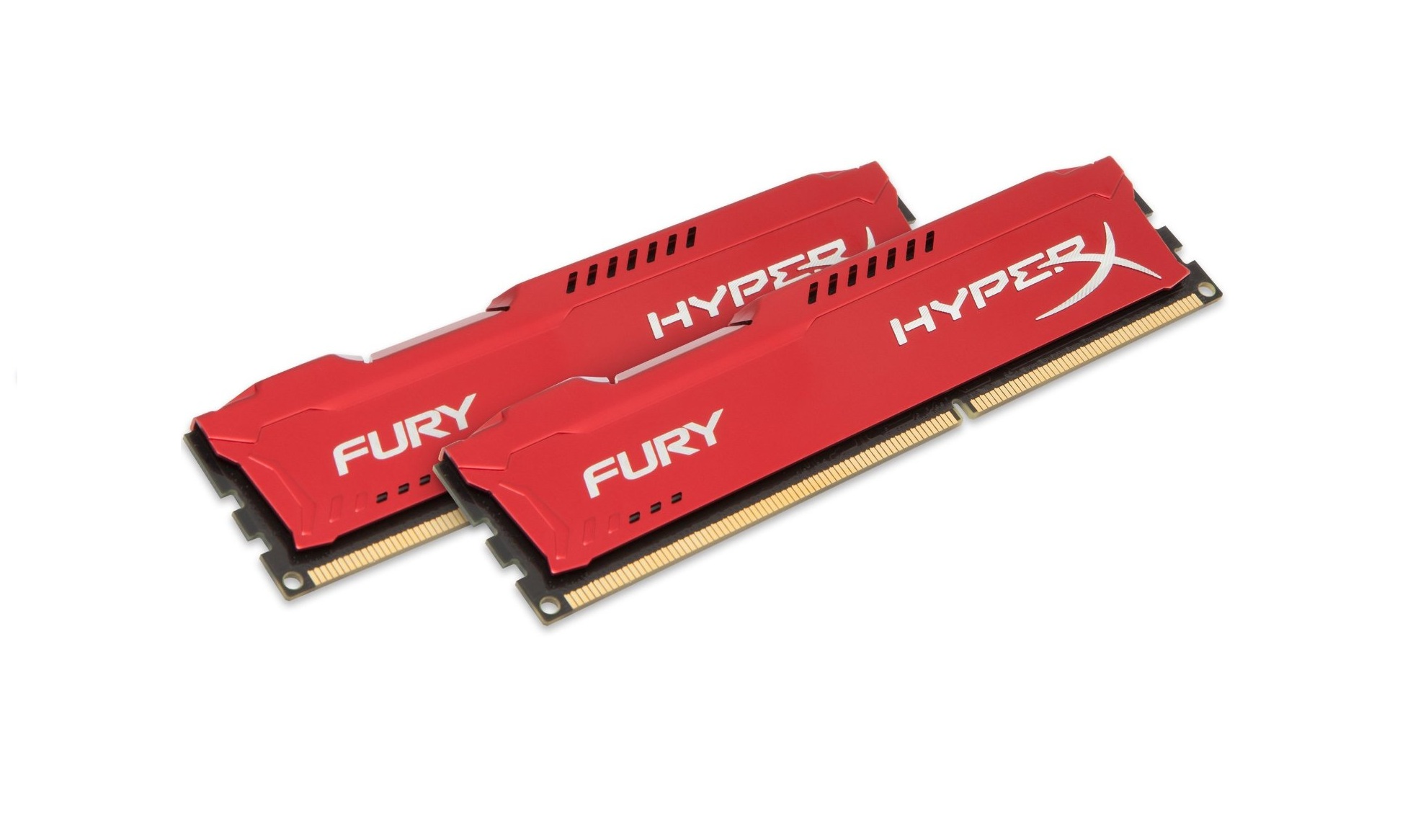
Variety is healthy I am told.
So today we have a shiny red memory kit from Kingston.
The HyperX Fury is the latest incarnation of the HyperX range and it offers new levels of style customisations for system builders, integrators and consumers.
The kits are meant to be for mid-range systems with speeds ranging from 1333-1866MHz in 8GB or 16GB varieties.
The main selling point is that they come with a stylish design, full black PCB and a variety of different colours.
First about the brand:
Kingston Technology Corporation is an American, privately held, multinational computer technology corporation that develops, manufactures, sells and supports flash memory products and other computer-related memory products. Headquartered in Fountain Valley, California, United States, Kingston Technology employs more than 4,000 people worldwide as of Q1 2014. The company has manufacturing and logistics facilities in the United States, United Kingdom, Ireland, Taiwan, and Mainland China.
It is the largest independent producer of DRAM memory modules, currently owning 53% of the third-party worldwide DRAM module market share, according to IHS. Kingston is arguably the second largest supplier of flash memory. Gartner ranks Kingston as the world’s #2 supplier of USB drives, #4 in flash cards and #5 in solid state drives.
Price when reviewd: £ 52.84 - Via Amazon.co.uk
HyperX FURY Series 8GB (2x 4GB) DDR3 1866MHz CL10 DIMM Memory Module Kit - Red
Specifications
HyperX HX318C10FRK2/8 is a 512M x 64-bit (4GB) DDR3-1866 CL10 SDRAM (Synchronous DRAM) 1Rx8 memory module, based on eight 512M x 8-bit DDR3 FBGA components.
This module has been tested to run at DDR3-1866 at a low latency timing of 10-11-10 at 1.5V.
Additional timing parameters are shown in the PnP Timing Parameters section below.
The JEDEC standard electrical and mechanical specifications are as follow:
- DDR3-1866 CL10-11-10 @1.5V
- DDR3-1600 CL9-10-9 @1.5V
- DDR3-1333 CL8-9-8 @1.5V
- CL(IDD) 10 cycles
- Row Cycle Time (tRCmin) 44.75ns (min.)
- Refresh to Active/Refresh 260ns (min.)
- Command Time (tRFCmin)
- Row Active Time (tRASmin) 32.125ns (min.)
- Maximum Operating Power TBD W*
- UL Rating 94 V - 0
- Operating Temperature 0 C to 85 C
- Storage Temperature -55 C to +100 C
Features
- JEDEC standard 1.5V (1.425V ~1.575V) Power Supply
- VDDQ = 1.5V (1.425V ~ 1.575V)
- 933MHz fCK for 1866Mb/sec/pin
- 8 independent internal bank
- Programmable CAS Latency: 13, 11, 10, 9, 8, 7, 6
- Programmable Additive Latency: 0, CL - 2, or CL - 1 clock
- 8-bit pre-fetch
- Burst Length: 8 (Interleave without any limit, sequential with
- starting address “000” only), 4 with tCCD = 4 which does not allow seamless read or write [either on the fly using A12 or MRS]
- Bi-directional Differential Data Strobe
- Internal(self) calibration : Internal self calibration through ZQ pin (RZQ : 240 ohm ± 1%)
- On Die Termination using ODT pin
- Average Refresh Period 7.8us at lower than TCASE 85°C, 3.9us at 85°C < TCASE < 95°C
- Asynchronous Reset
- PCB : Height 1.180” (30.00mm), double sided componen
The new technology caught our eyes, instead of using AMP or XMP they ditch both in favor of a Plug And Play (PnP) solution that uses an SPD profile to allow the motherboard to auto-detect the correct voltage, frequency and timings by default.
Visual inspection
They come in a simple plastic protection case with all the information printed on it.
Inside, the modules which are redder than red.
Installation
Also with a big cpu cooler still no clearance issues.
Testing
Hardware:
Processor: Intel i7 2600k @ stock settings
CPU cooler: Reeven RC-1401
Motherboard: Asus P8H67-M Pro
2.5″ HDD: HSGT 1 TB 7200 Rpm 32 MB
Video card: MSI GTX 780 Ti OC 3 GB Twin Frozr
SFX PSU: Seasonic S12II 500W
Software:
Windows 7 Ultimate x64 SP1
AIDA64
Crysis 3
Results
So these are the numbers.
We see an increase in this synthetic test of 40.43 % from 1333 MHz to 1866 MHz.
And also an increase of 11.4 % from 1866 to 2133 MHz.
Now a gaming related scenario in Crysis 3.
As expected in real life the gains are marginal but they still exist nonetheless.
Conclusion
The good:
+ Good performing kit overall
+ Variety of colors to choose from for the heat spreaders and black PCB
+ Low clearance
+ Very good price/performance/quality ratio !
+ PnP auto-detect
+ Lifetime warranty
The bad:
- Need a good board to go over 2133 MHz but that’s for the advanced OC community.



